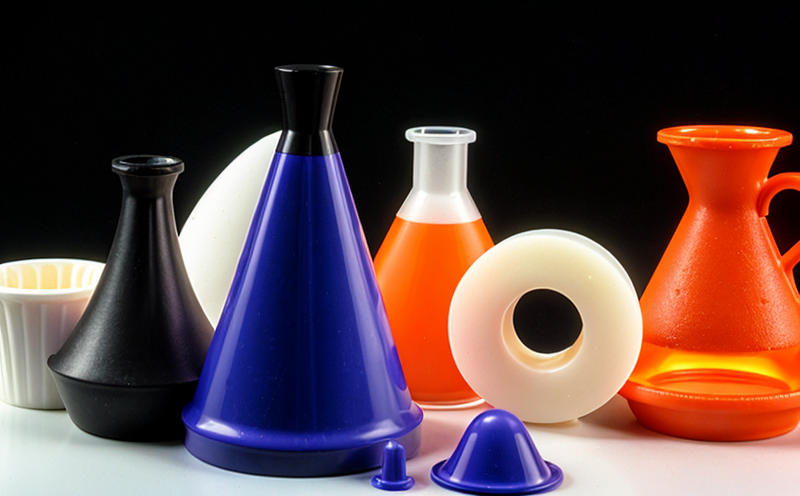Veterinary Packaging Additive Testing
In the realm of chemical testing, particularly within the sector of veterinary packaging additives, ensuring the safety and efficacy of materials used in animal care products is paramount. This service focuses on analyzing additives intended for use in packaging that comes into direct contact with pharmaceuticals or other medical substances administered to animals. The goal is to verify that these additives do not leach harmful compounds into the product they protect.
The testing process involves a series of rigorous analyses designed to evaluate the stability, compatibility, and potential risks associated with veterinary packaging materials. This includes assessing the migration limits set by regulatory bodies such as the European Pharmacopoeia (EP) and the United States Pharmacopeial Convention (USP), which are critical for ensuring that additives do not compromise product integrity or safety.
Our testing protocols adhere to international standards including ISO, ASTM, EN, and IEC. For instance, we follow ISO 10993-18:2020, which provides a harmonized approach to the biological evaluation of medical devices, ensuring that any additives used in packaging do not pose a risk to animal health.
Specimen preparation for these tests typically involves simulating real-world conditions under which the packaging will be used. This includes exposing specimens to various environmental factors such as temperature, humidity, and light, which can influence the behavior of additives over time. Once prepared, samples undergo a range of analytical methods including chromatography (GC-MS) and spectroscopy (FTIR), among others, to identify potential contaminants or degradation products.
Our laboratories are equipped with state-of-the-art instrumentation capable of detecting even trace amounts of problematic substances. Reporting is comprehensive, detailing the results of each test along with recommendations for improving packaging safety if necessary. Compliance officers and quality managers benefit significantly from this service as it helps them stay ahead of regulatory changes and ensures that their products meet stringent international standards.
Understanding the full lifecycle impact of additives in veterinary packaging is crucial. This includes not only initial testing but also ongoing monitoring to adapt to new findings or changing regulations. By partnering with us, you gain access to a team of experts who can provide guidance on best practices and potential challenges in this field.
Applied Standards
| Standard | Description |
|---|---|
| ISO 10993-18:2020 | Harmonized approach to the biological evaluation of medical devices. |
| USP General Chapters | Procedures for testing pharmaceuticals and biopharmaceuticals. |
| EP 2.4.6 | Biological evaluation of medical devices. |
| ASTM E903-18 | Determination of extractables from polymeric materials used in pharmaceutical packaging. |
Eurolab Advantages
At Eurolab, we pride ourselves on delivering unparalleled quality and reliability in our testing services. Our extensive experience across various sectors equips us with the expertise needed to tackle even the most complex challenges associated with veterinary packaging additive testing.
- Comprehensive Testing Capabilities: We offer a full range of analytical methods tailored specifically for this service, ensuring thorough evaluation of additives.
- Expertise in Regulatory Compliance: Our team stays updated on the latest regulatory requirements to ensure your products meet all necessary standards.
- State-of-the-Art Facilities: Equipped with cutting-edge instrumentation for precise and accurate testing results.
- Client-Centric Approach: We work closely with our clients to understand their specific needs and deliver customized solutions.
Customer Impact and Satisfaction
- Enhanced product safety, reducing the risk of adverse reactions in animals.
- Prompt compliance with regulatory requirements, avoiding costly delays or recalls.
- Informed decision-making through detailed analytical reports that guide packaging design improvements.
- Better understanding of the lifecycle impact of additives, leading to more sustainable practices.





